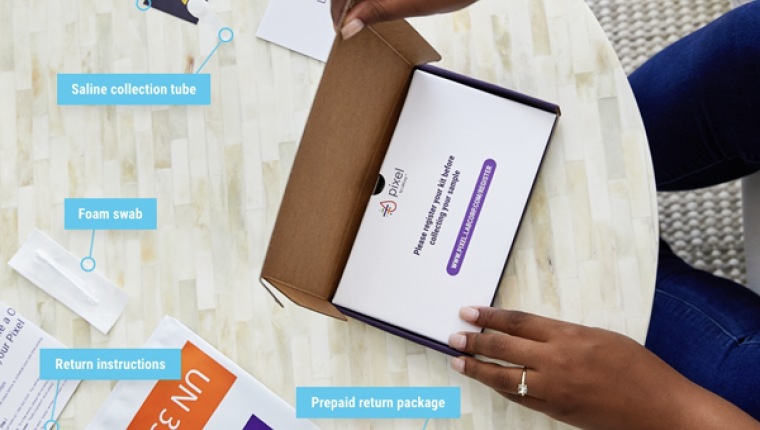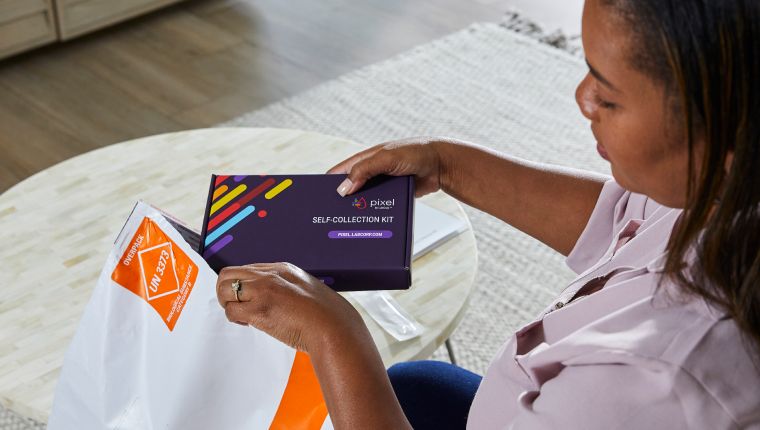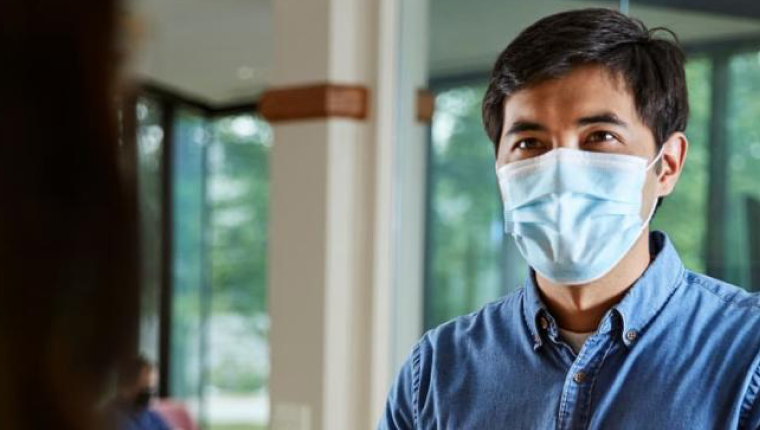In December 2021 we officially entered year three of the COVID-19 pandemic.
At this point, we all probably have either had COVID-19 ourselves or known someone close to us who has had it. Since March 2020, nearly 80 million U.S. residents have had confirmed COVID-19 infections – and many more likely have been infected but without reported tests to confirm. And we’re still battling variants and mutations of the disease.
Recently, the more contagious Omicron variant of COVID-19 showed us that regular testing is one of the smartest and safest measures to know your status and avoid infecting others. Luckily, COVID-19 tests are getting easier to find. We can even request and receive free rapid at-home tests in the mail from our the U.S. Postal Service (now allowing up to two orders per household). It’s clear that the power of testing rests in our hands.
And now, there are different types of home tests that, when used together, paint an even clearer and more accurate picture of your COVID-19 status. Let’s look at how to use each kind.
How do rapid antigen tests work? When and how should I use them?
Rapid antigen tests are great for a fast answer: the procedure is very simple, and you typically receive results in 20 minutes or less. Antigens are substances in the virus that provoke our bodies to produce an immune response in the form of antibodies, or microscopic, disease-fighting agents. In the case of COVID-19, antigen tests detect a part of the virus. This is different than PCR tests which look for viral genetic material, as opposed to part of the virus itself.
Antigen tests use lab-made antibodies to detect viral antigens. They usually require a quick nasal swab that is then mixed with a solution containing the lab-made antibodies. A test strip then detects the reaction—if any—and quickly reveals initial infection information.
But what if you’re at an earlier or later stage of infection, and there aren’t enough virus parts to detect yet in your sample? A second confirmation with a different detection method may be necessary.
Typically, the sensitivity of antigen tests is 30% to 40% lower than for PCR (polymerase chain reaction) tests, depending on whether tested subjects were symptomatic or asymptomatic. Furthermore, in various studies, this report found that in people with confirmed COVID‐19, antigen tests correctly identified COVID‐19 infection in an average of 72% of people with symptoms, compared to 58% of people without symptoms. So, if you are looking for a confident result, you may want to double-check your rapid test with a more accurate PCR test.
How do PCR tests work? How do they work together with rapid tests?
Given rapid tests’ lower sensitivities and specificities, it’s a good idea to use a PCR tests to confirm positive antigen tests in asymptomatic individuals and negative antigen tests in symptomatic individuals, as well as close contacts of positive cases. A PCR test can act as a “second opinion”.
PCR tests are good for a more accurate answer and can be done in a timely manner. PCR works by cycling genetic material through temperature changes in the setting of enzymes (polymerases) and genetic building blocks, which cause chain reactions that build copies of genetic material. The PCR process makes many copies of the genetic material, a process called ‘amplification’ so any trace amount of the virus can be detected. This way, PCR tests provide a level of heightened accuracy, giving you more confidence in your result.
Luckily, PCR tests have become more readily available, and the first steps can be completed at home. Using an at-home Labcorp PCR test collection kit, you can get your results in as little as one to two days from the time your specimen is received at the lab. The tests come with complete instructions and FedEx delivery options.
What’s even better is that the Labcorp PCR tests are “variant agnostic,” meaning they can detect the presence of the virus, no matter the variant (alpha, delta, omicron, etc.). Because of the Labcorp’s PCR tests heightened sensitivity in detecting any and all variants, it is the best option for confirming initial results of a rapid antigen test.





